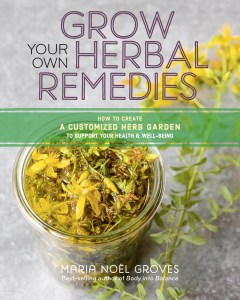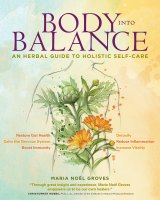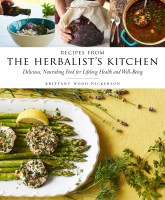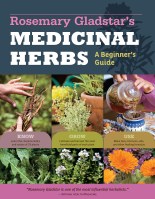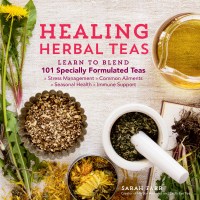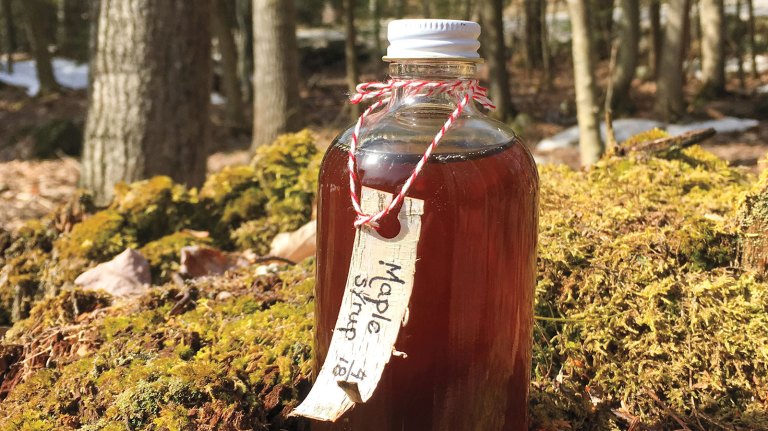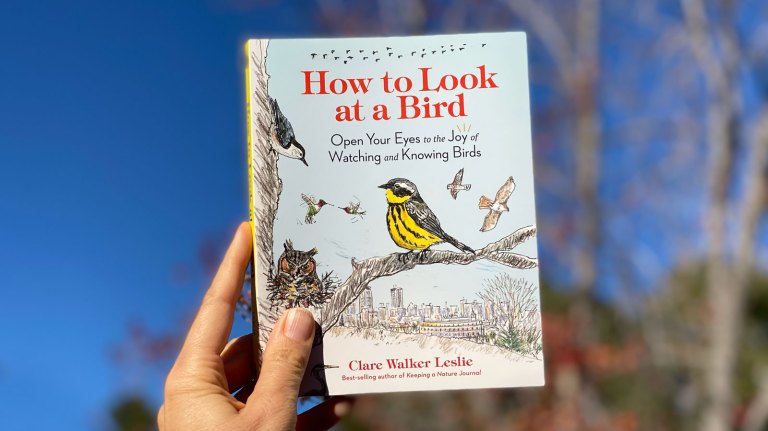Five Herbs to Grow for Lung & Respiratory Health
Easy to grow in your garden or commonly found in the wild, these herbs provide powerful support to the respiratory system.
Whether you’re dealing with a respiratory infection or you suffer from chronic respiratory issues like asthma, chest congestion, chronic bronchitis, and allergies, take comfort in the wonderful lung tonic herbs you can grow in your backyard: mullein, horehound, wild cherry, marshmallow, and plantain.
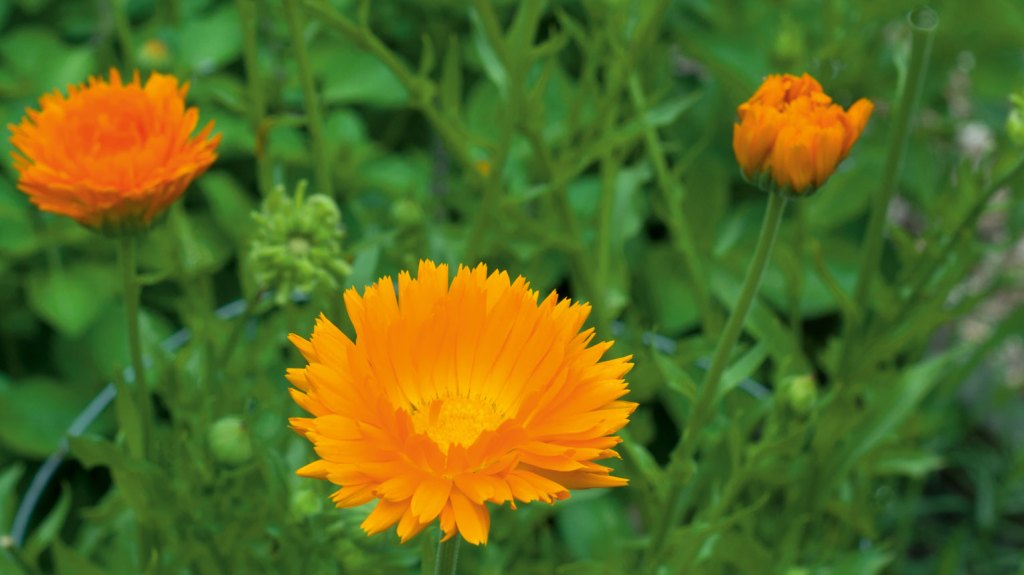
Some are easy to cultivate, and many are commonly-found backyard wild plants and weeds. Consider each plant’s actions to choose the best ones for you. These are not one-size-fits-all. Each has a different role to play in respiratory health: thinning mucus to clear phlegmy coughs; relaxing irritated, dry, spastic coughs; soothing and opening the lungs. Lung and respiratory tonic herbs are among my favorites to harvest and use to make medicine. They can be used as single herbs or in formula, based on your specific situation and needs. These herbs and more are covered in greater detail in my books Grow Your Own Herbal Remedies and Body into Balance.
Mullein Leaf (Verbascum thapsus)
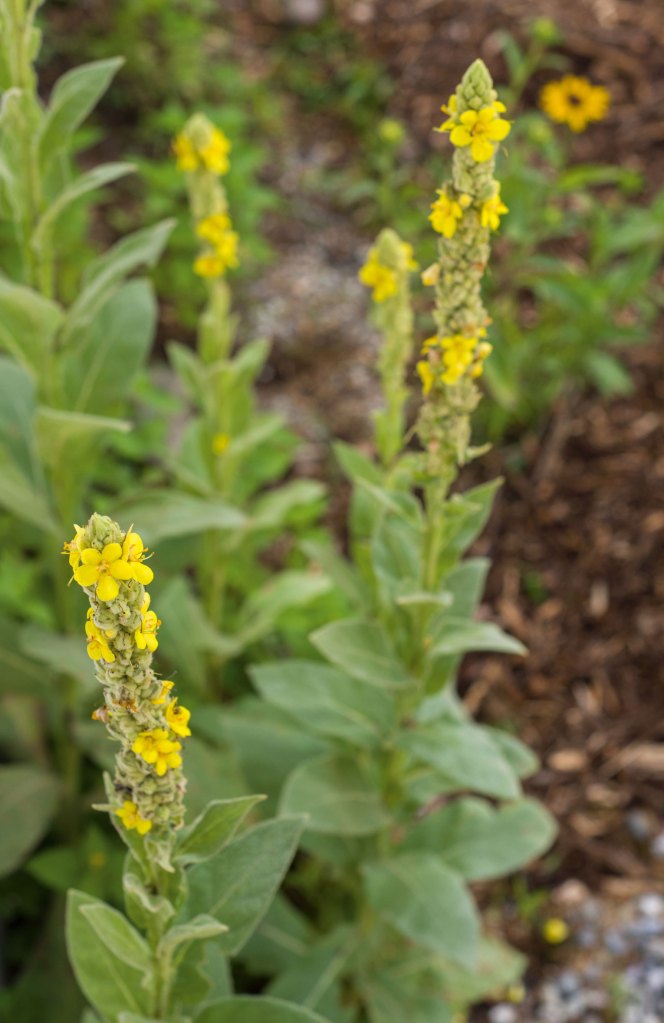
Mullein is a supreme, safe, and profound respiratory tonic. It helps open the lungs, eases spasms, tightness, and cough, and soothes irritation and dryness. This common weed can be wildcrafted or seeded in the garden. Mullein prefers sunny, open, disturbed soil in lawns, meadows, and gardens. A self-seeding biennial, it will move around from year to year. Harvest happy-looking leaves throughout the season for tea, syrup, steams, or tincture, but take care when identifying the plant before it flowers. Even though this is the best time to harvest leaves, it’s easily mistaken for other herbs including the deadly foxglove. The flowers have similar benefits but are tedious to harvest. V. densiflorum and V. olympicum produce bigger flower candelabras — their leaves and flowers can be used similarly. Mullein has a mild flavor and aroma. Be sure to strain the irritating hairs through a cloth or paper filter.
Horehound Leaf (Marrubium vulgare)
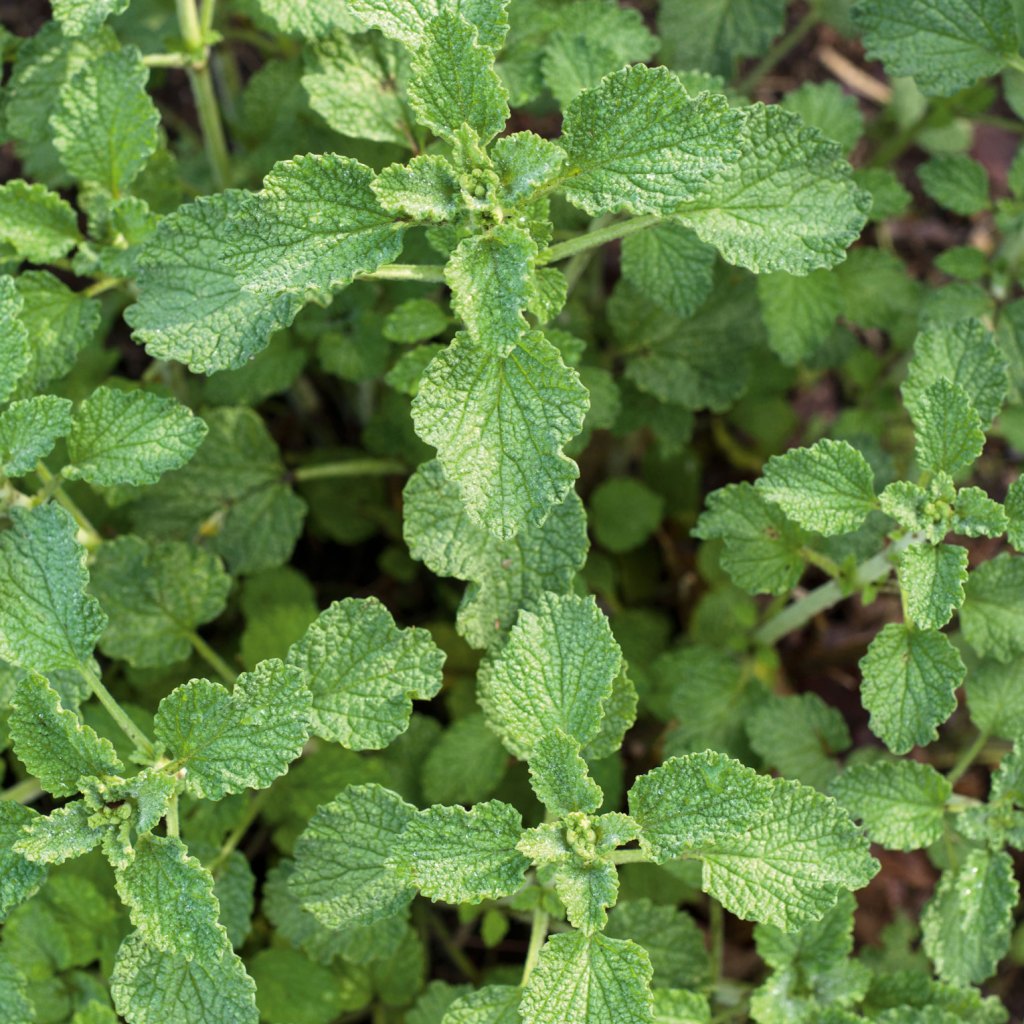
This famous cough drop and cough syrup ingredient eases spasms and loosens and expectorates mucus associated with wet coughs. I find it incredibly useful in any instance where mucus is excessive, including sinus infections, allergies, chest congestion, and post-nasal drip. It’s best cultivated in a dry, sunny spot and will die off in rich, overly mulched soil or if it gets too soggy. It tastes horrendously bitter, so it’s best used as a fresh plant tincture, in syrup, or in honey (see my recipe for Horehound Cough Syrup at the end of this article). Commercially available dried horehound tends to be terrible quality, but you easily can dry leaves yourself for use in remedies including capsules or (nasty-tasting) tea without losing potency.
Wild Black Cherry (Prunus serontina) and Chokecherry (P. virginiana) Bark
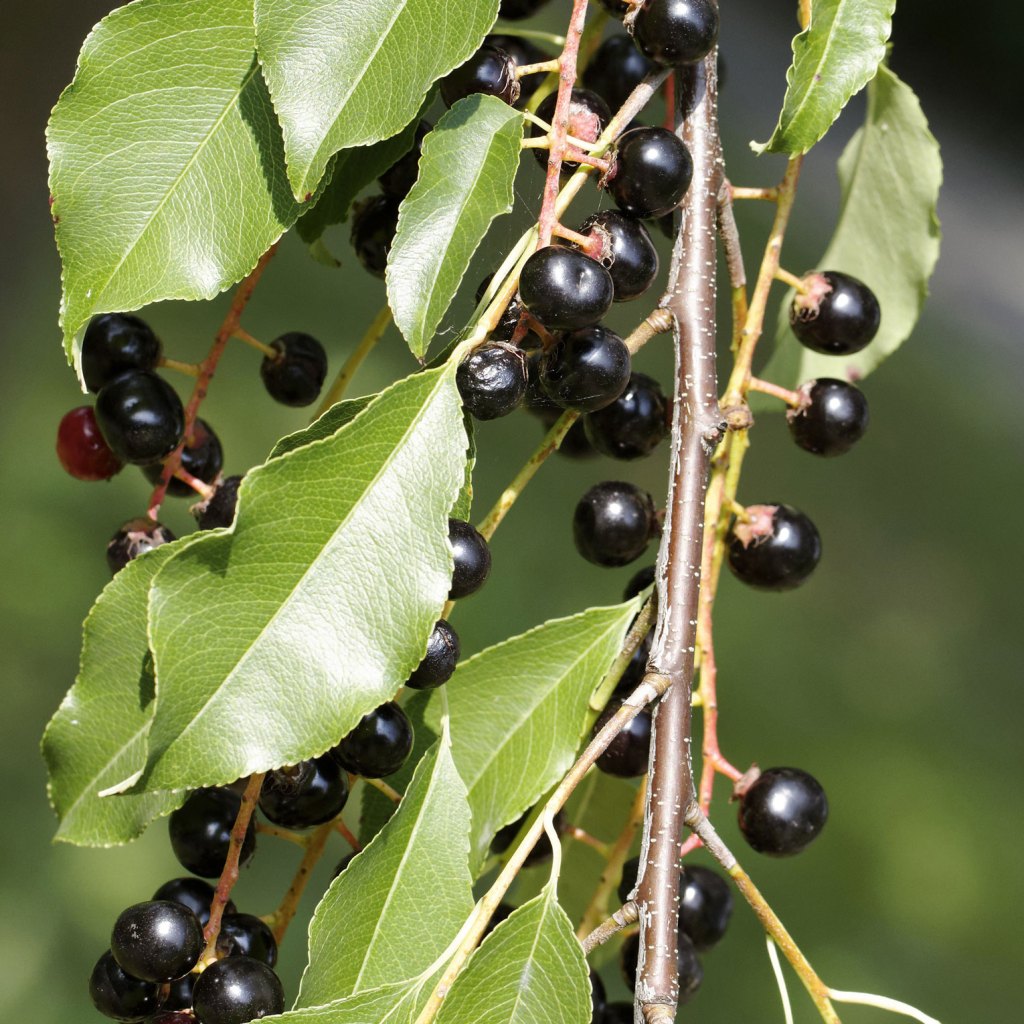
These common trees pop up after logging, wildfires, and in other disturbed soils such as yard and forest edges. They grow quickly and are prone to disease, so you’re better off learning how to identify and wildcraft them than cultivating them. Prune branches up to one inch in diameter or cut down a whole young tree for medicine, shaving off the bark and chopping up small twigs. Wait until after flowering and dry thoroughly before using in remedies. Cherry bark is excellent for dry, irritated, spastic coughs and chest complaints including irritation from wood smoke and wildfires. It calms the spasms and helps open the lungs. It works nicely as a dry plant tincture (add 10% glycerine to stabilize the bark tannins), tea (best in water that’s tepid or not quite boiling), or cold-processed honey or syrup. Learn more about wild cherry here.
Marshmallow Leaf and Root (Althaea officinalis) and other Mallow Leaves (Malva spp.)
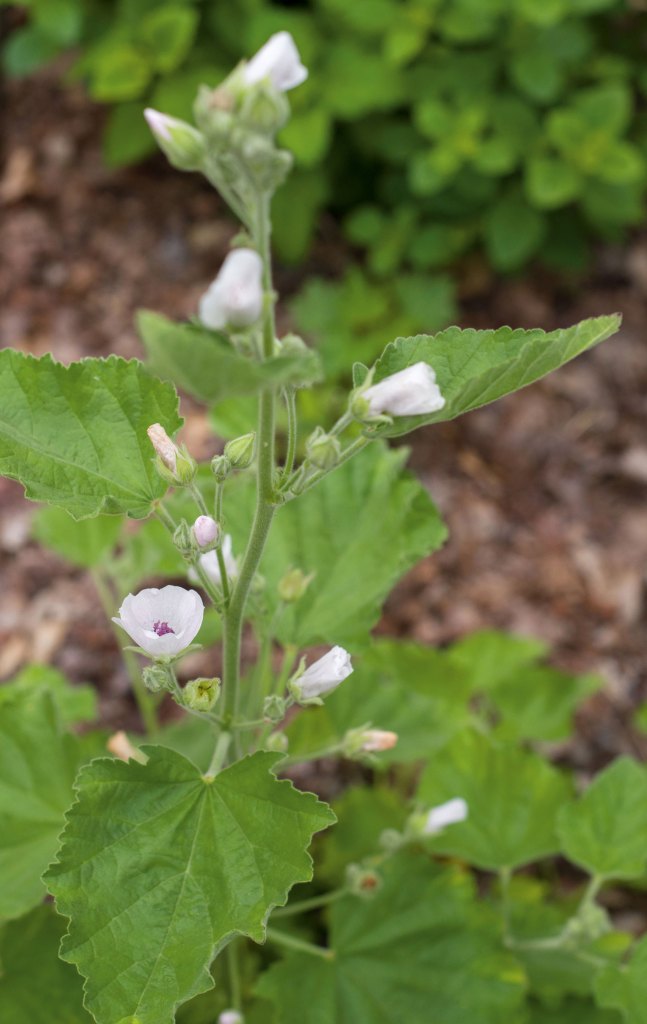
Mallows are the supreme moisturizing herbs, soothing and slimy and useful whenever the lungs and respiratory system feel dry or irritated. Marshmallow loves a meadow environment or pampered garden beds with rich, slightly moist soil and partial to full sun. Wild mallows grow in a range of environments. It’s easy to cultivate once you find its happy spot; harvest earlier in the season before hungry Japanese beetles descend. Marshmallow root produces the most significant slime, but I adore the velvety mouthfeel and gentle moisture of the leaves. Leaves are easier to harvest and dry in abundance. Feel free to include the flowers. The soothing mucilage extracts best in water: tea, cold infusions, broth, syrup. The flavor is mild and slightly sweet, and it’s excellent in formulas to balance out more aromatic and drying herbs. Avoid alcohol except perhaps in small quantities to preserve.
Plantain Leaf (Plantago spp.)
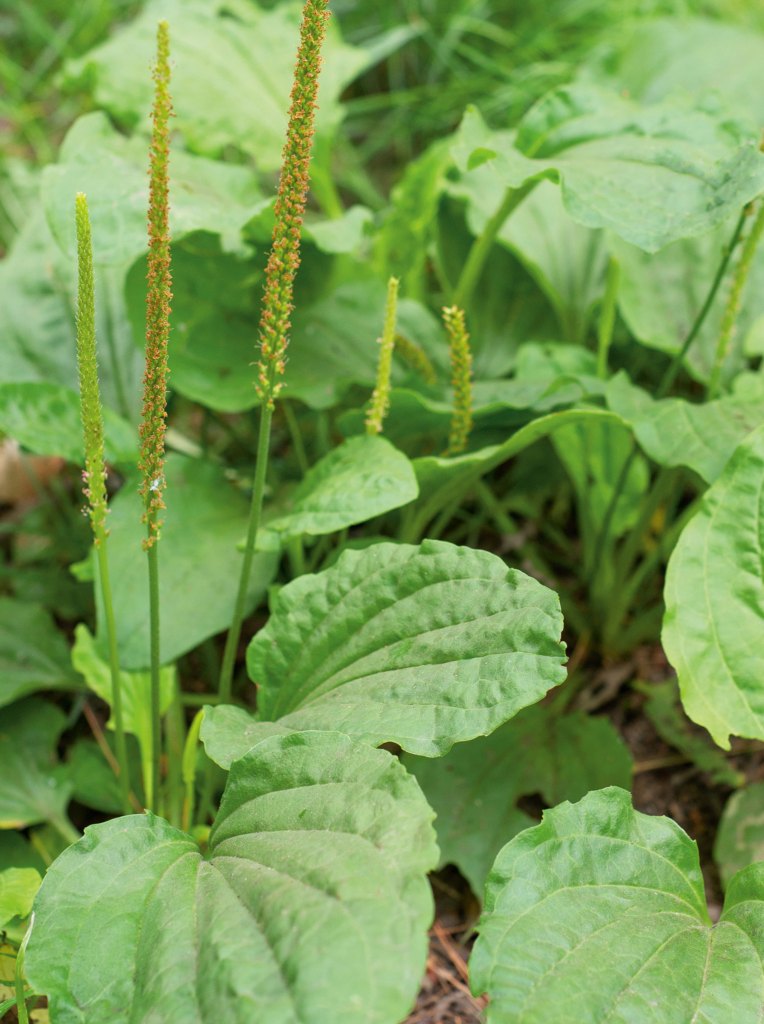
This common weed can be found in lawns, paths, and disturbed soils. The richer the soil, the bigger it gets. Plantain is most famously used as a poultice for bug bites and bee stings, but the leaves are also soothing and healing in lung recipes. They ease irritation and dryness as well as boggy dampness, gently moisturizing while also helping to dry, tighten, and tone the mucus lining. They may offer antimicrobial activity as well. Consider it for tea and syrups. The flavor is mild, pleasant, and lightly tannic. Learn more about plantain here.
More Herbs for Respiratory Health
Other useful respiratory herbs include nettle leaves, goldenrod flowering tops, bee balm, oregano, thyme, rosemary, black elderberry and flower, peppermint, anise hyssop, Korean licorice mint, white pine and related (not all) evergeen needles, sage, New England aster flowering tops, reishi mushroom, peach twigs and bark, and elecampane root. Learn even more about herbs for lung health here.
Note: Please seek immediate medical attention if your symptoms are severe, such as difficulty breathing. These herbs are not a substitute for life-saving pharmaceuticals like inhalers or EpiPens. Consider seeking the guidance of an herbalist or naturopathic doctor if you have serious health issues or are on pharmaceutical medications.

Horehound Cough Syrup
Although many people make syrups by simmering herbs in water, straining, then adding an equal amount of sugar to preserve it, this “syrup” is more like a cross between a raw honey and fresh plant tincture. You get honey’s additional cough-relieving properties, and the alcohol better extracts the horehound while also preserving your syrup. This makes a potent and long-lasting shelf-stable remedy.
Ingredients
- 2⅔ ounces chopped fresh horehound
- 3 ounces 100-proof vodka
- 2 ounces local raw honey
Suggested tools:
- 8-ounce jar
- jelly bag or metal mesh strainer with spoon
Directions
Chop your herbs and shove them in the jar (it’s okay to leave the stems on). Add the vodka. Top off with honey and cap it. Shake vigorously to combine, then shake it every day or two. Strain after 1 month, squeezing as much liquid out of the herbs as you can. Take ½ teaspoon as needed for coughs (especially wet coughs) and thick mucus congestion.
Excerpted and adapted from Grow Your Own Herbal Remedies © Maria Noel Groves.
In Grow Your Own Herbal Remedies, Groves provides 23 garden plans specially tailored to address the most common health needs, along with simple recipes for using each group of herbs. Discover the three to six herbs that are most effective for what ails you, whether you’re seeking headache relief, immune support, stress relief, or a simple daily tonic. For chronic stomach problems, marshmallow, plantain, rose, fennel, and calendula make the perfect medicine, with recipes for tummy tea and gut-healing broth. Groves teaches you how to plant, harvest, and care for each medicinal herb, and in all of her plant suggestions, she emphasizes safe, effective, easy-to-grow herbs that provide abundant harvests and can be planted in containers or garden beds.
